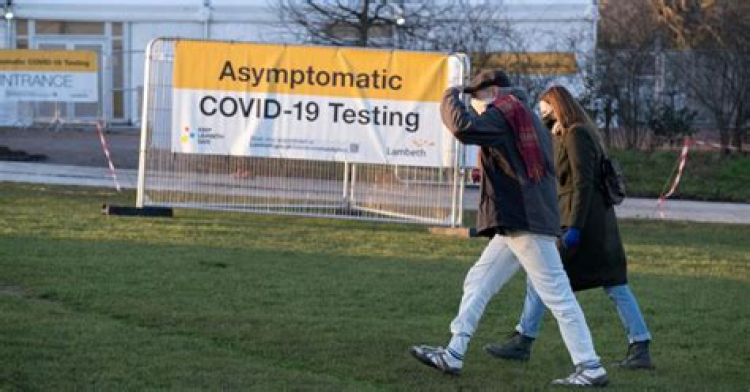- Authors: Ariel Torres, Martha Fors, Tamaris Rivero, Karina Pantoja & Santiago Ballaz
BMC Infectious Diseases volume 21, Article number: 558 (2021)
Abstract
Background
The quantitative reverse transcriptase-polymerase chain reaction (RT-qPCR) effectively detects the SARS-COV-2 virus. SARS-CoV-2 Nevertheless, some critical gaps remain in the identification and monitoring of asymptomatic people.
Methods
This retrospective study included 733 asymptomatic and symptomatic COVID-19 subjects, who were submitted to the RT-qPCR test. The objective was to assess the efficacy of an expanded triage of subjects undergoing the RT-qPCR test for SARS-COV-2 to identify the largest possible number of COVID-19 cases in a hospital setting in Ecuador. SARS-CoV-2 Firstly, the sensitivity and specificity as well as the predictive values of an expanded triage method were calculated. In addition, the Kappa coefficient was also determined to assess the concordance between laboratory test results and the expanded triage.
Results
Of a total of 733 sputum samples; 229 were RT-qPCR-positive (31.2%) and mortality rate reached 1.2%. Overall sensitivity and specificity were 86.0% (95% confidence interval: 81.0–90.0%) and 37.0% (95% confidence interval: 32.0–41.0%) respectively, with a diagnostic accuracy of 52.0% and a Kappa coefficient of 0.73. An association between the positivity of the test and its performance before 10 days was found.
Conclusions
The clinical sensitivity for COVID-19 detection was within acceptable standards, but the specificity still fell below the values of reference. The lack of symptoms did not always mean to have a negative SARS-COV-2 RT-qPCR test. The expanded triage identified a still unnoticed percentage of asymptomatic subjects showing positive results for the SARS-COV-2 RT-qPCR test. The study also revealed a significant relationship between the number of RT-qPCR-positive cases and the performance of the molecular diagnosis within the first 10 days of COVID-19 in the symptomatic group.
For More Information: https://bmcinfectdis.biomedcentral.com/articles/10.1186/s12879-021-06272-8
